How to Conserve Water in the Edible Garden
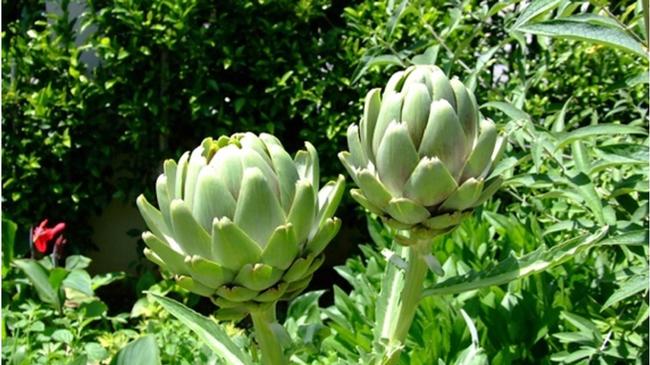
Water is a precious resource whether it's being used in the edible garden or elsewhere. Marin's summer-dry climate is prone to the occasional drought, which can quickly alter a gardener's plans. Here's how to build water conservation into your edible garden.
Get familiar with all the factors that impact water use.
Soil, weather, and sun exposure all contribute to water use (or conservation). Learn more about strategies to conserve water.
Start with the basics.
It all adds up to saved water:
Before planting, make sure beds are moist to a depth of at least 12 inches.
Add compost and/or other organic materials.
Apply mulch.
Pull weeds.
Tune up your irrigation system.
Monitor soil for moisture using your finger as a probe. If the soil has dried out to a depth of 2 inches, it’s time to water.
Consider edible garden design.
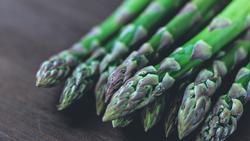
Layout the garden in blocks, not rows, to shade roots and reduce evaporation.
Group crops with similar root depth:
• Deep rooted: asparagus, artichoke, rhubarb (roots 3 to 4 feet or more)
• Medium rooted: summer squash, cucumber (roots 2 to 3 feet or more)
• Shallow rooted crops: spinach, kale, lettuce
Grow crops that mature quickly.
These crops mature in 50 to 60 days, which means they'll need fewer days of irrigation:
Grow crops that get most of their irrigation from seasonal rains.
Winter and spring gardens, loaded with cool season edibles, require little maintenance and often no supplemental irrigation. Winter gardens are a lush oasis during the grey rainy season and fill the kitchen with arugula, broccoli, chard, collards, kale, and lettuce. Spring gardens enjoy the moist soil and cooler temperatures, offering harvests well into June. These include fava beans, beets, carrots, chard, kale, leeks, peas, potatoes, and more. If your garden has room, add perennials such as artichokes, asparagus, cardoon, and rhubarb for water-wise nutrition year after year.
Grow crops that use residual water in soil.
Residual water in soil is the moisture that remains after seasonal rains and sometimes after crop harvest. Perennial edibles such as asparagus and rhubarb and deeply rooted vegetables such as tomatoes and melons may access this moisture, which reduces their need for supplemental irrigation. Soils with more organic matter retain more moisture as do soils with more clay content. One more reason to keep your soil in tip-top shape!
Grow high-producing crops.
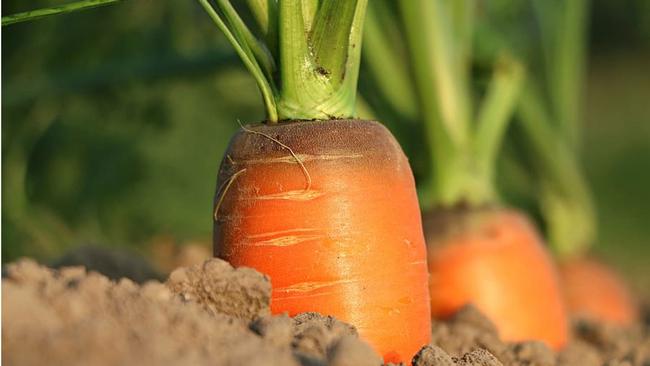
Some crops crank out lots of produce without using lots of space, which means you'll have less to water. These include beets, carrots, chard, parsley, greens, kale, strawberries, and summer squash.
Try some water-wise native edibles.
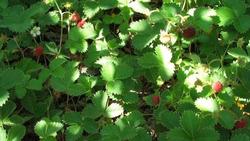
Blue elderberry (Sambucus nigra caerulea) is a deciduous shrub or tree that grows in sun or shade. They are often more attractive when drought-stressed.
Golden currant (Ribes aureum) is an attractive deciduous shrub with beautiful yellow spring flowers followed by half-inch berries.
Wood strawberry (Fragaria vesca) is a ground-hugging perennial with white flowers and small, sweet fruit.
Yerba Buena (Satureja douglasii) is an attractive, well-behaved, low-growing perennial. Its leaves make a refreshing cup of tea.
Grow water-wise and mini fruit trees.
Some fruit trees are less thirsty than others, and some are available as dwarfs, often small enough to grow in containers.
Less thirsty fruit trees: fig, goji berry, jujube, loquat, natal plum, olive, persimmon, pineapple guava, and pomegranate
Dwarf fruit trees available: apple, apricot, blueberry (bush), cherry, citrus, fig, pomegranate, peach, pear, and plum.
Focus on Mediterranean herbs.
They're easy, fragrant, colorful – and not very thirsty. Check out fennel, lavender, oregano, thyme, rosemary, and sage. Learn more about growing herbs.
Know the critical watering periods for vegetables.
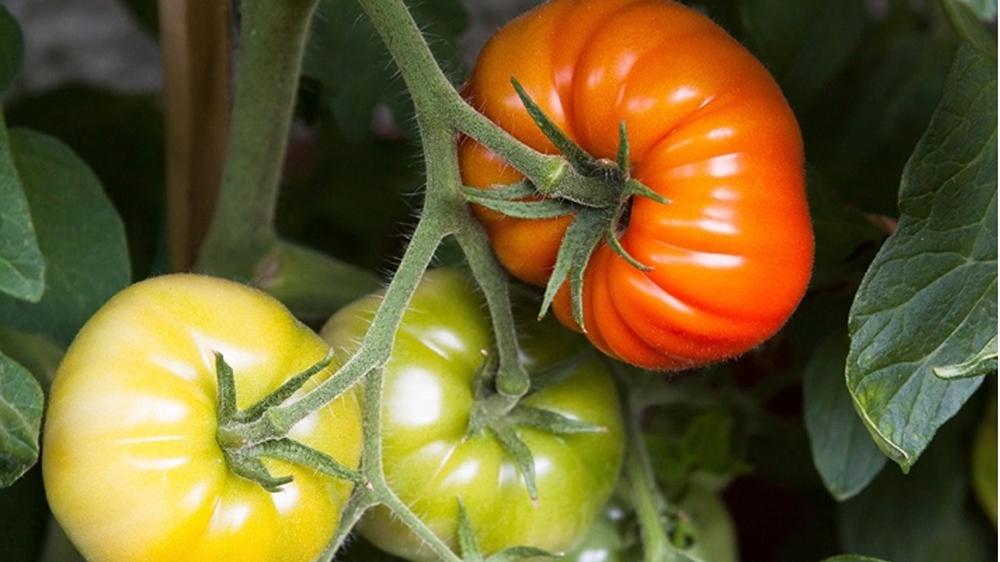
Generally speaking, water is most critical during the first few weeks of development, immediately after transplanting, and during flowering and fruit production. Moisture deficiencies early in the growth cycle may delay maturity and reduce yields. Water shortages later in the season will lower quality in some vegetables. Conversely, overwatering can also reduce quality in some crops, such as onions and potatoes. The critical watering periods for selected vegetables are:
Asparagus: Water is critical during spear production (usually from rain) and after harvest during fern development.
Cole crops (broccoli, cabbage, and cauliflower): Water use is highest and most critical during head development. Quality is significantly reduced if the plants get dry anytime during the growing season.
Bean: Water is most critical during flower and pod enlargement. If the plant’s healthy grass-green hue suddenly takes on a grey cast or the plant begins to wilt, it’s time to water to prevent blossom drop. Watch beans closely on warm windy days when their water need may be over one-half inch, the highest water use among common garden vegetables.
Carrot and other root crops: For quality produce, these crops require a constant supply of moisture. This is most critical during root enlargement. They are intolerant of dry soils. Cracking, knobby and strong-flavored root crops are symptoms of water stress.
Corn: Water demand for sweet corn is most critical during tasseling, silking, and ear development. Water stress delays the silking period, but not tasseling. Under mild water stress the crop may tassel and shed pollen before silks are ready for pollination. The lack of pollination may reduce yields or even eliminate ear production.
Cucumbers: Water is most critical during flowering and fruit development.
Lettuce and other leaf vegetables: Water demand is most critical during head (leaf) development. For quality produce, provide constant moisture. They are shallow rooted and intolerant of dry soils.
Onion family: Onions require a constant supply of moisture and are intolerant of dry soils, except a few weeks before harvest when irrigation should cease.
Peas: Water demand is most critical during flowering and pod filling.
Potatoes: If potatoes become overly dry during tuber development, tubers will be knobby. Cease irrigation after plants flower.
Tomato family (tomatoes, peppers and eggplant): Water demand is most critical during flowering, fruit set and enlargement. Limit irrigation in ripening stage to avoid cracking and develop better flavor.
Vine crops (cucumbers, summer and winter squash, and assorted melons): Water demand is most critical during flowering and fruiting. Limit irrigation in ripening stage.
Grow & Care Sheets for Vegetables, Herbs & Fruits
The Home Orchard: Growing Fruit Trees
Cover Crops & Soil Enhancements in the Off-season
•••••••••
Visit our EDIBLE DEMO GARDEN at IVC Organic Farm & Garden
